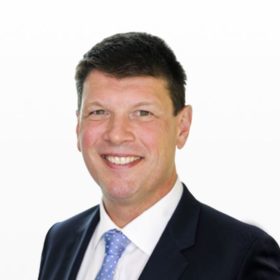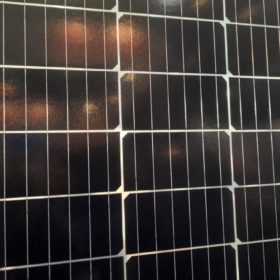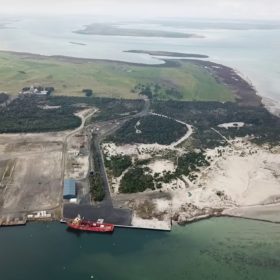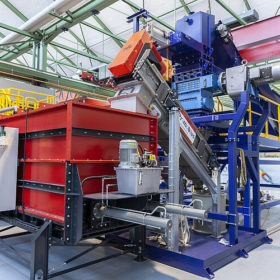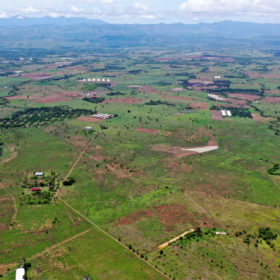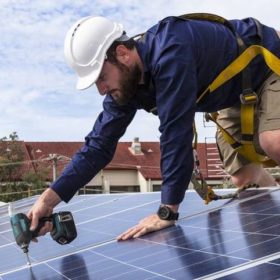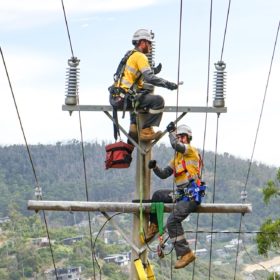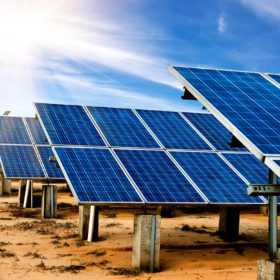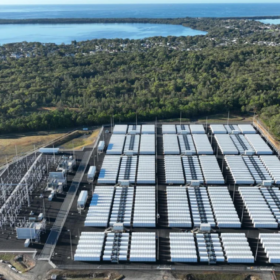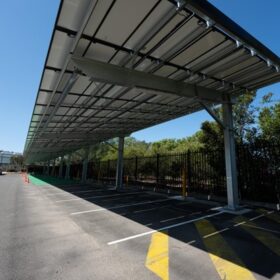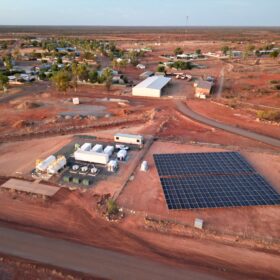Former AGL chief appointed to head up Transgrid
Brett Redman, the former CEO of Australian energy utility AGL has been named as the new chief executive officer at electricity network operator Transgrid.
Module price hike impacting middle-sized PV projects in South Korea
The continuous rise in solar panel prices may affect PV projects of up to 1 MW tendered by the Korea Energy Agency and the domestic solar module industry may not be able to provide the necessary production capacity to respond to the recent supply bottleneck.
Patriot Hydrogen joins gasification outfit CAC-H2’s bulging partner list
Patriot Hydrogen has become the latest company to partner with the fast growing Singapore-based hydrogen-via-gasification outfit, CAC-H2.
WA company finds foothold in Germany in transformation to ‘preeminent’ global battery recycler
In the coming weeks, Western Australian mining-cum-materials recovery company Neometals will begin testing at its newly commissioned battery recycling demonstration plant in Hichenbach, Germany, the product of a joint venture with SMS Group. The Primobius facility, as it’s named, has already garnered considerable attention and is a finalist in 2022’s prestigious German Sustainability Award. “We want Primobius to be the preeminent recycler in the world,” the company’s managing director, Chris Reed, told pv magazine Australia.
IPO to finance first slice of planned 500 MW-plus solar field in the Philippines
Solar Philippines will tap stock market investors to back the first section of a solar project in Luzon it says will eventually be the largest in the region.
Australia’s battery pipeline charges to over 26 GW, says new research
Less than a year ago and energy market analysts Cornwall Insight Australia projected a battery energy storage pipeline of 7 GW. This week the firm has updated its outlook and puts Australia’s current pipeline of proposed projects at over 26 GW. What is more, the technical lifetime of these assets is increasing too.
Rooftop solar installations increase 40% from 2020
Australia broke solar installation records across all rooftop sectors in 2020, solidifying its “remarkable” position in the global solar market with the highest per capita capacity at over 810 watts per person.
AusNet agrees to $10.2 billion takeover
Victoria’s electricity transmission network looks like it will be soon be owned by Canadian asset management group Brookfield, after the consortium upped its offer yesterday.
APA to build 88 MW solar farm in central Queensland
Australian natural gas and electricity company, APA Group, is set to build a 88 MW solar farm at Mica Creek in Mount Isa, central Queensland. The news just as APA was confirmed to have lost its bidding war for Victorian transmission network AusNet.
Fortescue capitalises on Woodside and McGowan’s hydrogen greenwashing embarressment
The fallout from the Woodside and McGowan government’s greenwashing of the former’s ‘H2Perth’ hydrogen and ammonia project announced last week continues, with Fortescue Future Industries and Andrew “Twiggy” Forrest making a mockery of Woodside on Twitter before announcing a massive green hydrogen deal in the United Kingdom for COP26.
